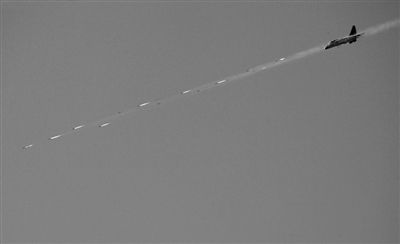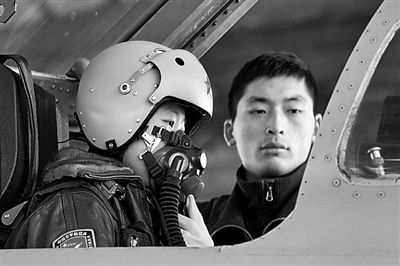Greater China
FULL MEMBER
New Recruit
- Joined
- Nov 20, 2011
- Messages
- 91
- Reaction score
- 0
PLA Air Force trained 328 female pilots
March 09, 2012
BEIJING, March 8 (Xinhua) -- A total of 328 female pilots have been trained by the People's Liberation Army (PLA) Air Force over the past six decades, according to figures disclosed at a ceremony held Thursday to mark the 60th anniversary of the debut flight of Chinese women pilots.
The PLA Air Force has recruited a total of nine groups of female pilot trainees over the past 60 years, and eight of these groups have already graduated, figures show.
Women pilots joined the flight mission of the PLA Air Force for the first time on March 8, 1952, when a group of them flew planes over the Tian'anmen Square in Beijing as a flight show.
Since then, they have successfully completed numerous key missions in chartered flight, disaster relief, research-oriented trial flight, and afforestation by airplane sowing, and they have flown in the National Day parade air show.
Xu Qiliang, a member of the Central Military Commission and commander of the PLA Air Force, attended the ceremony.
People's Daily Online
March 09, 2012
BEIJING, March 8 (Xinhua) -- A total of 328 female pilots have been trained by the People's Liberation Army (PLA) Air Force over the past six decades, according to figures disclosed at a ceremony held Thursday to mark the 60th anniversary of the debut flight of Chinese women pilots.
The PLA Air Force has recruited a total of nine groups of female pilot trainees over the past 60 years, and eight of these groups have already graduated, figures show.
Women pilots joined the flight mission of the PLA Air Force for the first time on March 8, 1952, when a group of them flew planes over the Tian'anmen Square in Beijing as a flight show.
Since then, they have successfully completed numerous key missions in chartered flight, disaster relief, research-oriented trial flight, and afforestation by airplane sowing, and they have flown in the National Day parade air show.
Xu Qiliang, a member of the Central Military Commission and commander of the PLA Air Force, attended the ceremony.
People's Daily Online




































